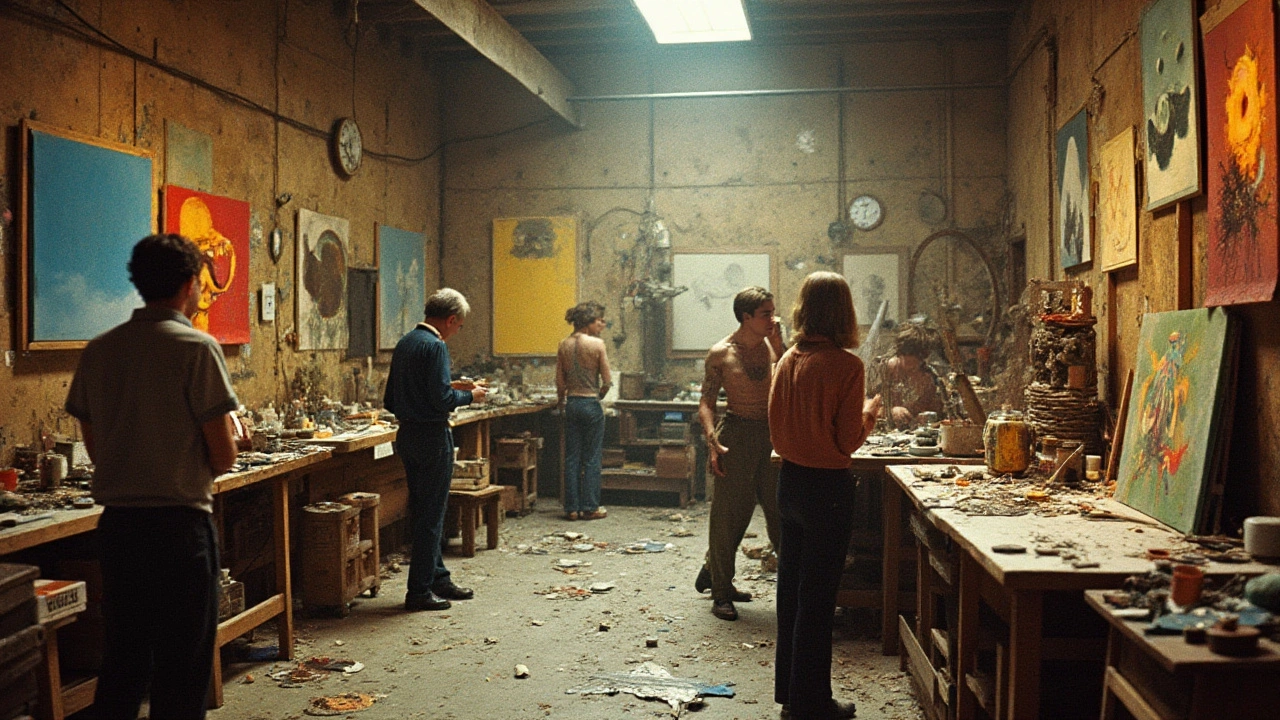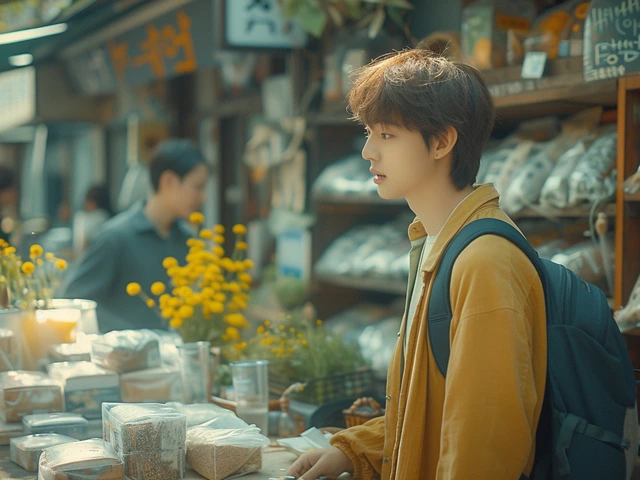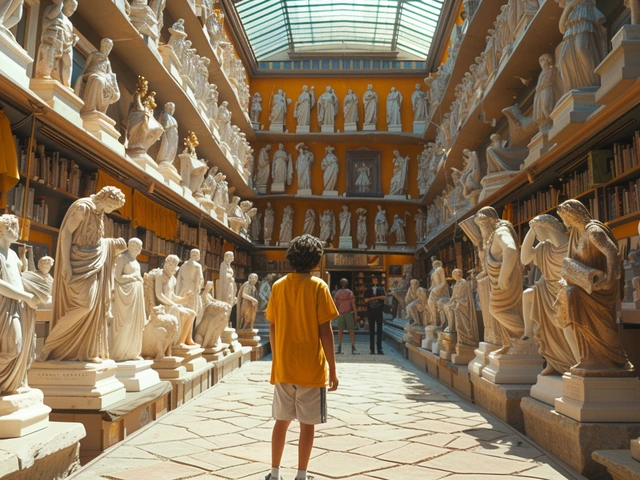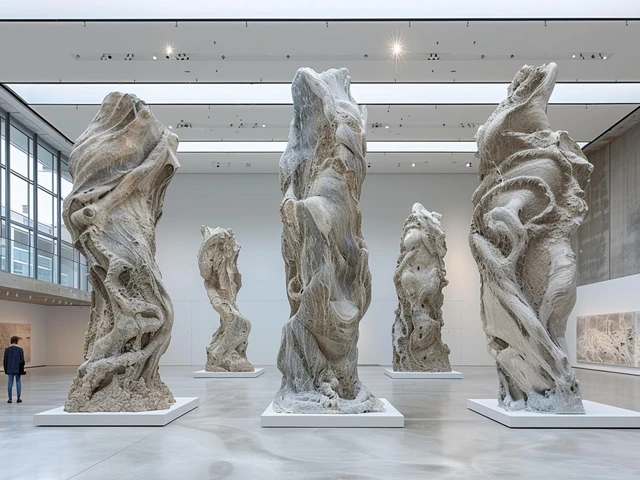Fluxus, a revolutionary art movement that began in the 1960s, dared to defy the norms of traditional art. It brought together a vibrant mix of artists, musicians, and performers who shared a common vision: to blur the lines between different art forms and everyday life.
Inspired by earlier avant-garde movements and influenced heavily by Dada, Fluxus emerged from an era of social and political turbulence. It was less about the final product and more about the creative process, with a strong focus on performance, interactivity, and spontaneity.
Through this lens, Fluxus artists aimed to democratize art, making it accessible and relatable to the public. This movement fostered a community that thrived on breaking the rules and exploring new artistic terrains, ensuring its place as a pivotal chapter in the story of modern art.
- Origins of Fluxus
- Key Figures and Contributions
- Defining Characteristics
- Notable Works and Performances
- Impact and Legacy
Origins of Fluxus
The roots of Fluxus can be traced back to the early 1960s, a time marked by political unrest and cultural revolution. The movement was initiated by George Maciunas, a Lithuanian-born artist who was deeply influenced by the Dada movement and its disdain for conventional art. Maciunas envisioned Fluxus as a way to break free from the elitism of the art world and make artistic expression accessible to everyone.
Fluxus found its initial footing in New York City, a melting pot of various artistic ideas and practices during that era. Events like the legendary concerts organized by John Cage at The New School for Social Research offered fertile ground for Fluxus artists to experiment and collaborate. John Cage’s avant-garde compositions and radical approach to music had a profound impact on many early Fluxus members.
The first official Fluxus event was held in September 1962 in Wiesbaden, Germany. Titled the 'Fluxus Internationale Festspiele Neuester Musik,' this festival showcased a series of performances that defied traditional art forms. Artists like Nam June Paik, Dick Higgins, and Yoko Ono participated, presenting works that blurred the lines between music, poetry, and visual art. This event set the tone for future Fluxus activities, emphasizing spontaneity, interactivity, and the blending of different media.
A key aspect that set Fluxus apart was its global nature. While it began in New York, Fluxus quickly spread to Europe and Asia, creating a network of artists who engaged in interdisciplinary practices. This global reach was facilitated by the publication of the 'Fluxus Manifesto' and the distribution of 'Fluxus Boxes'—portable kits containing various artifacts, scores, and instructions for creating art. These boxes democratized the creation of art, allowing anyone to become a Fluxus artist.
George Maciunas himself played a crucial role in organizing and documenting these activities. He compiled and printed many of the materials associated with Fluxus, ensuring that the movement maintained a cohesive identity despite its diverse expressions. Maciunas’ vision was summed up in his own words: "Promote a revolutionary flood and tide in art, promote living art, anti-art."
A remarkable fact about Fluxus is its emphasis on the ephemeral and the everyday. This philosophy was influenced by artists like Allan Kaprow, who introduced the concept of 'Happenings,' and Marcel Duchamp, who questioned the very nature of what constitutes art. Fluxus artists took these ideas further, using everyday objects and actions to create art that was both profound and accessible.
By the mid-1960s, Fluxus had established itself as a significant force in the world of contemporary art. It challenged traditional notions of authorship and permanence, instead celebrating the transient and the collaborative. This approach resonated with the countercultural movements of the time, aligning Fluxus with broader social and political shifts.
The origins of Fluxus, therefore, are deeply intertwined with the cultural and political currents of the 1960s. It emerged as a response to the restrictive norms of the traditional art world, offering a platform for radical experimentation and democratizing the creative process. This spirit of breaking boundaries and embracing the ephemeral continues to influence artists today.
Key Figures and Contributions
At the heart of Fluxus were its dynamic and often unconventional artists whose work and ideas propelled the movement forward. One of the standouts was George Maciunas, often considered the founder and key organizer of Fluxus. His vision and organizational skills helped to shape the movement's unique identity. Maciunas emphasized the importance of art that was accessible and anti-commercial, driving a significant departure from the traditional art world's norms.
Another crucial figure in the Fluxus community was Yoko Ono. Before she became widely known as John Lennon's partner, Ono's innovative and interactive art pieces played a vital role in shaping the spirit of Fluxus. Her work involved audience participation, inviting viewers to engage with the art, thereby breaking the passive spectator model. Her conceptual performances, such as

Defining Characteristics
Understanding the defining characteristics of Fluxus requires diving into its eclectic and unorthodox nature. At its core, Fluxus was grounded in the belief that art should be a part of everyday life rather than a distant, elite practice. This notion spurred an array of practices that were unconventional for its time.
One key feature of Fluxus was its emphasis on interdisciplinarity. Artists were encouraged to experiment with different media such as music, performance, visual arts, and literature. This created a melting pot of ideas and expressions that blurred the lines between art forms. The movement rejected the notion of a 'pure' art form, opting for fluidity and collaboration instead.
Another hallmark was the focus on process over product. Fluxus artists believed that the act of creation itself held more value than the finished piece. This often materialized through performances and happenings where spontaneity and improvisation played crucial roles. By prioritizing the creative process, Fluxus encouraged audiences to engage with the art in real-time, fostering a sense of community and participation.
Interactivity also stood out in Fluxus works. Unlike traditional art which viewers passively observed, Fluxus pieces often required active engagement. This could range from participating in a performance to manipulating objects in an installation. This level of engagement was rooted in the desire to break down barriers between the artist and the audience, making art more democratic and inclusive.
Fluxus also embraced humor and absurdity as essential components. Influenced by Dada, the movement frequently incorporated elements that were deliberately nonsensical or humorous. This challenged the solemnity often associated with fine art and invited viewers to see the lighter side of creativity. For instance, George Maciunas, a key figure in the movement, famously remarked, "Neo-Dada, New Realism, Fluxus is the 'vodka martini' of art, agitates the sedentary perception and induces cheerful mental excitement."
The use of everyday materials and readymade objects was another defining trait. Fluxus artists often eschewed traditional art materials in favor of items found in daily life. This choice reinforced their philosophy of integrating art with the mundane and questioning the arbitrariness of what could or couldn't be considered art. By repurposing common objects, they encouraged viewers to see the artistic potential in the ordinary.
Documentation also played a crucial role. Given the ephemeral nature of many Fluxus works, artists and organizers meticulously documented performances, often through photographs, film, and detailed descriptions. This documentation not only preserved the artworks but also allowed for their continual reinterpretation and reactivation, keeping the spirit of Fluxus alive.
The anti-commercial stance of Fluxus further set it apart. Unlike other art movements that eventually became commercialized, Fluxus maintained a firm stance against the commodification of art. Performances, mail art, and inexpensive multiples were some of the ways artists sought to make art accessible to everyone, democratizing it in the truest sense.
In the light of contemporary art, the influence of Fluxus remains significant. Its principles of interdisciplinarity, audience engagement, and integration of art with everyday life continue to resonate with artists today. As a testament to its enduring relevance, the movement's artifacts and practices are still exhibited and celebrated in museums and galleries worldwide.
Notable Works and Performances
One of the most iconic works in the Fluxus movement is George Maciunas's “Fluxkits.” These compact, portable boxes contained everyday objects, games, puzzles, and small artworks, representing the democratization of art by making it accessible to everyone. The Fluxkits played a pivotal role in shifting the focus from the preciousness of art objects to the importance of concept and interaction. Each kit was an invitation to engage in creative play, making art a participatory act rather than a passive experience.
Another groundbreaking performance is Yoko Ono's “Cut Piece.” In this piece, which she performed multiple times starting in 1964, Ono sat on stage and invited audience members to cut pieces of her clothing off with scissors. This act of vulnerability and the audience's direct participation highlighted themes of trust, aggression, and voyeurism. Ono's performance was a profound commentary on the relationship between performer and observer, as well as the nature of sacrifice and the personal versus the public.
Nam June Paik, often considered the father of video art, brought a new dimension to Fluxus with his innovative use of technology. His performance “TV Buddha,” where a statue of Buddha watches its own image on a closed-circuit television, created a loop of contemplation and self-awareness. Paik's work raised questions about the impact of media on society and the merging of traditional and modern worlds. This blend of ancient philosophies and cutting-edge technology was a testament to the interdisciplinary spirit of Fluxus.
One cannot overlook the influence of Dick Higgins's “Danger Music” series, which consisted of instructions for extreme and often impossible actions. For instance, some of the instructions included “use a pistol to head,” and “do not perform this piece.” These provocative directives pushed the boundaries of what could be considered art and encouraged performers and audiences alike to rethink their perceptions of danger, risk, and absurdity in art. Higgins's work epitomized the Fluxus idea that art could be anything and come from anywhere.
A remarkable piece by Alison Knowles is “Make a Salad,” performed first in 1962. This performance involved Knowles preparing a large salad on stage, which she then shared with the audience. By transforming an ordinary, domestic act into a public performance, Knowles blurred the lines between art and everyday life, a key theme in Fluxus. This emphasis on process over product also made a lasting impact on the performance art genre.
“The artist's role is to remind us of the transforming powers of the commonplace,” Alison Knowles once said, underscoring the Fluxus philosophy that art is embedded in the mundane aspects of life.
These interdisciplinary art works and performances are just a glimpse into the rich tapestry of Fluxus. They each challenged conventional notions of art by focusing on concepts, audience interaction, and the breaking of boundaries between different art forms. The legacy of these works continues to influence contemporary artists, reminding us that art is not confined to galleries or museums but is an integral part of our daily lives.
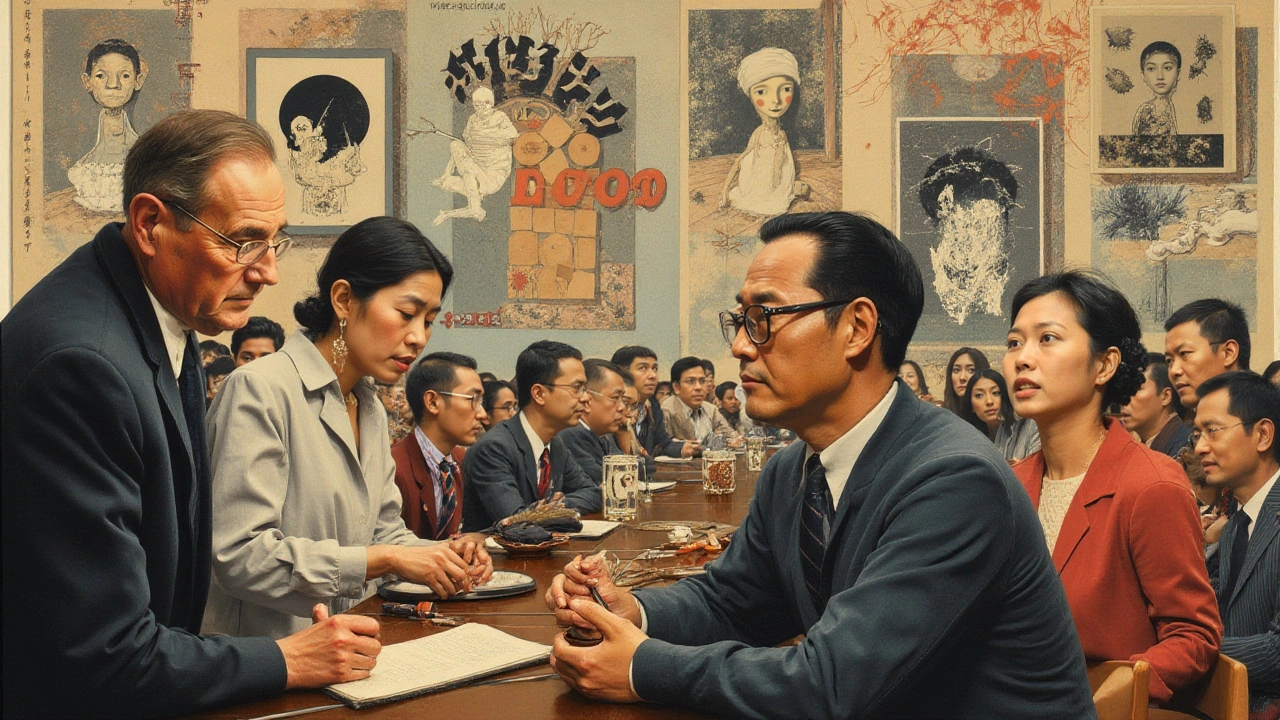
Impact and Legacy
Fluxus, with its bold disdain for traditional art conventions, left a lasting mark on the creative world. The movement's emphasis on interdisciplinary approaches and its challenge to the commodification of art influenced generations of artists. Fluxus celebrated the process over the product, a concept that resonates strongly in today's art scene. By democratizing art and making it more participatory, Fluxus allowed for a broader audience to engage with creative work.
Many contemporary art installations and performances owe their conceptual origins to Fluxus. The movement's spirit of spontaneity and experimentation can be seen in modern happenings, street art, and interactive exhibits in galleries across the globe. Fluxus' influence also extends into music, literature, and performance art, blurring the lines between these disciplines much like the original Fluxus artists intended.
Notable figures such as Yoko Ono, John Cage, and George Maciunas were instrumental in shaping the movement. They pushed the boundaries of what art could be and how it could be experienced. Their legacy is evident in how today's artists approach their work with a sense of freedom and a willingness to engage with their audiences in unconventional ways. As Yoko Ono once remarked, "Art is everywhere, and everywhere is art." This sentiment captures the Fluxus ethos and its enduring relevance.
Universities and art schools continue to study Fluxus, incorporating its principles into their curricula. This academic interest ensures that new generations of artists and thinkers are exposed to the radical notions that drove the movement. The impact of Fluxus is also celebrated through exhibitions and retrospectives that revisit the groundbreaking works of its members.
In a world where creativity can often feel constrained by commercial pressures, the Fluxus movement stands as a beacon of artistic freedom. By valuing the artistic process over the end product, Fluxus has inspired countless artists to explore, take risks, and view their environment as a canvas. Its legacy lives on in the myriad ways contemporary art challenges, engages, and transforms society.

